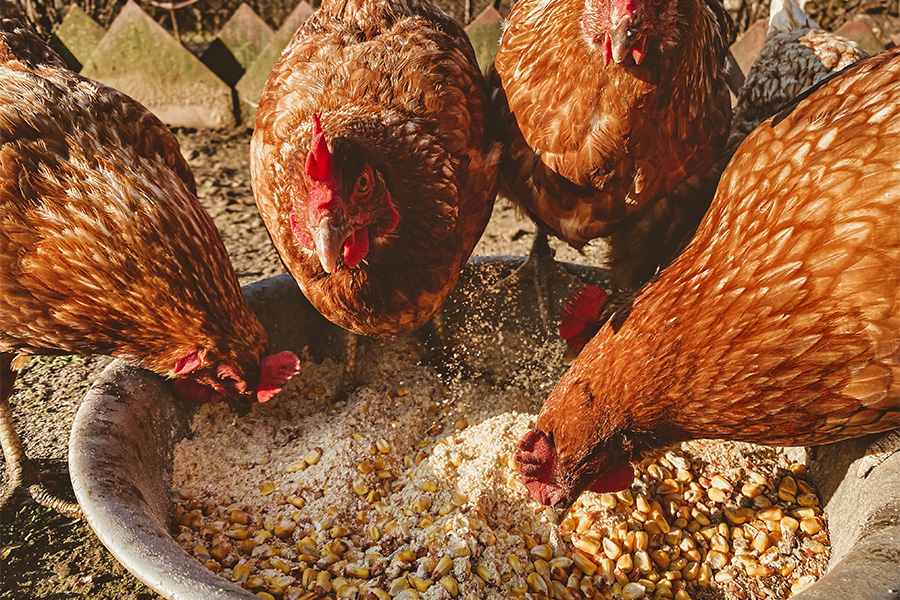Dairy
-

According to the National Mastitis Council, the recommended milking procedure for dairy animals is 1) provide low-stress environment, 2) check foremilk and udder for mastitis, 3) wash or predip teats with an effective disinfectant, 4) completely dry teats with a single-use towel, 5) attach milking unit within 120 sec of teat stimulation, 6) adjust milking units as necessary, 7) shut off vacuum for removing the unit, and 8) dip teats with a postdip disinfectant. One of the most critical steps in this recommended routine is checking foremilk to not only ensure there are no signs of mastitis and to maintain milk quality, but also to effectively stimulate the teats in preparation for milk collection. Thus, stripping the first three to five streams of milk (foremilk), during the premilking routine serves three important purposes including: teat stimulation which can result in optimal milk release, enhanced milk quality by removing the highest bacterial and somatic cell count milk, and identification of mastitis to allow rapid, well-informed decisions regarding further evaluation, milk culturing, and/or antibiotic therapy. This publication will discuss the purposes of forestripping for dairy animals to serve as an educational resource when creating and evaluating best milking practices.
J. Peyton Sapp, Pamela Sapp, and Valerie E Ryman
|
-

This bulletin is an educational reference for those who are interested in animal feeding and nutrition. It defines common terms used when discussing or reading about animal feeding and nutrition.
Uttam K. Saha and Lawton Stewart
|
-

Financial data for the year 2005 were collected from participating dairy farms and screened for completeness and validity. Each dairy farm then received a benchmark report detailing its financial results compared to the average results for the other participants and the six dairy farms with the highest net farm income per cwt. This benchmark report is discussed with the dairy farms to identify challenges and opportunities for improvement. This publication is a summary of the financial performance of the dairy farms that participated in 2005. It is intended for general use by dairy farmers, the allied industry, government, and educational professionals.
Lane O. Ely
|
-

The Dairy Business Analysis Project was initiated in 1996 to measure and document the financial performance of Florida dairy businesses using standardized accounting measures, so uniform comparisons could be made among participants. Formal collaboration between the Universities of Florida and Georgia began in 1998. This publication presents the results from fiscal year 1999 information.
Lane O. Ely
|